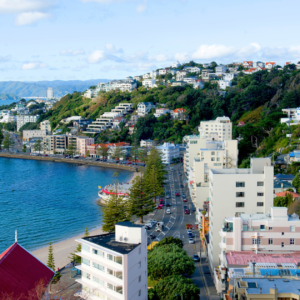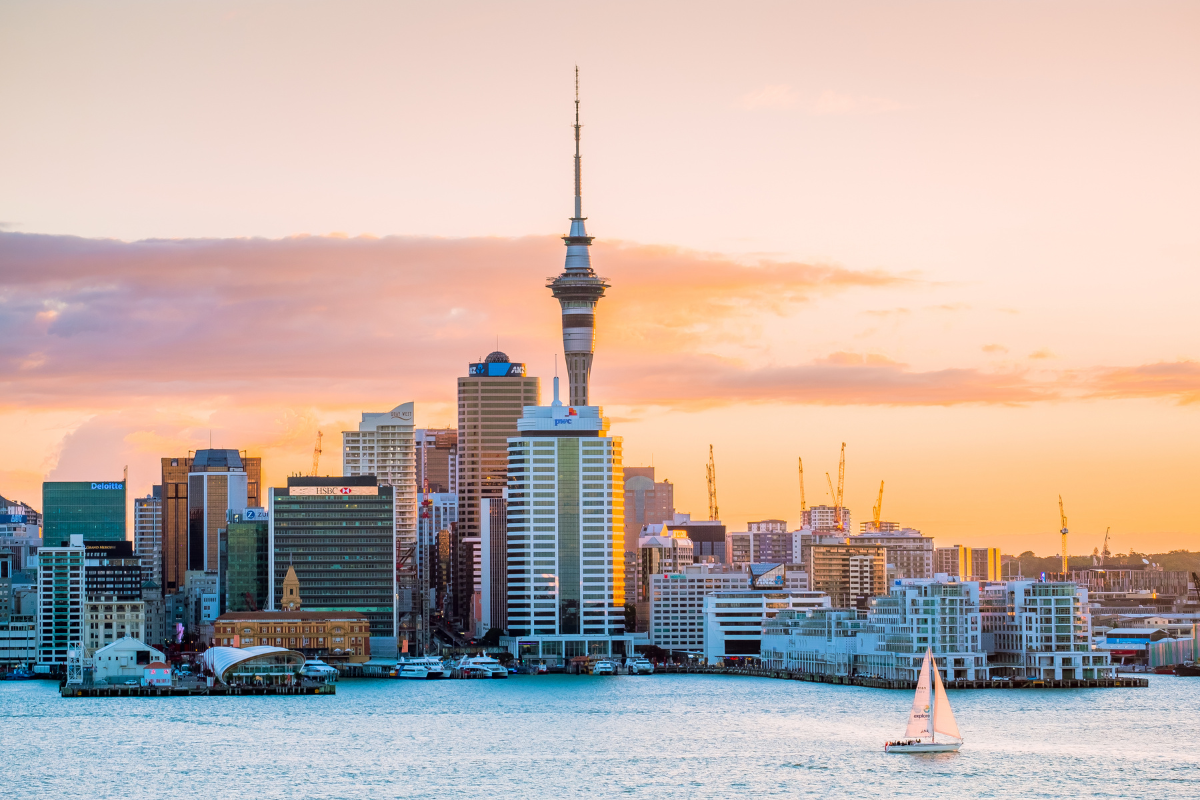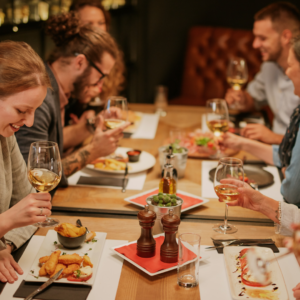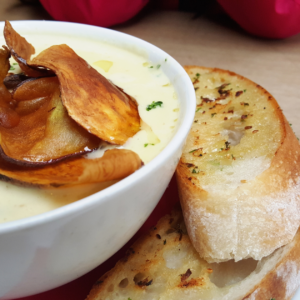New Zealand, a land of unparalleled natural beauty and rich cultural heritage, beckons travelers from around the world. Comprising two primary islands, the North Island and the South Island, this enchanting country offers a diverse range of experiences to satisfy every wanderlust. From geothermal wonders and vibrant cities to dramatic fjords and outdoor adventures, New Zealand has it all.




Exploring New Zealand’s Two Islands:
The North Island:
The North Island of New Zealand is a treasure trove of diverse experiences. Here’s a taste of what it has to offer:
- Geothermal Wonders: The North Island is renowned for its geothermal wonders, including hot springs, geysers, and bubbling mud pools. Rotorua, in particular, is a hotbed of geothermal activity and a must-visit destination for nature enthusiasts.
- Vibrant Cities: Auckland, the largest city in New Zealand, is a bustling metropolis with a population of approximately 1.7 million. It offers a vibrant mix of cultural experiences, world-class dining, and stunning harborside views.
- Rich Māori Culture: The Māori, New Zealand’s indigenous people, have a rich cultural heritage that is celebrated throughout the country. Visitors can engage in cultural experiences, such as a traditional Māori welcome, haka performances, and visits to marae (Māori meeting grounds).
The South Island:
The South Island is a land of dramatic landscapes and outdoor adventures. Here’s what you can expect:
- Dramatic Fjords: Milford Sound and Doubtful Sound are renowned for their breathtaking fjords, surrounded by towering cliffs and lush rainforests. Cruising through these fiords is an unforgettable experience.
- Rugged Alpine Terrain: The South Island boasts rugged alpine terrain, perfect for hikers and adventure seekers. The iconic Tongariro Alpine Crossing is a must for those seeking an unforgettable trekking experience.
- Outdoor Activities: If you’re an outdoor enthusiast, the South Island offers some of the world’s best opportunities for hiking, skiing, snowboarding, and water sports.Find out more about New Zealand and its Adventures
Meet the Kiwis – New Zealand’s Warm and Welcoming Locals:
Understanding the character and personality of Kiwis, the people of New Zealand, is crucial for a more enriching experience during your stay. Here’s an in-depth look at what Kiwis are like:
- Friendly and Approachable: Kiwis are known for their friendliness and approachability. It’s easy to strike up conversations with locals and make new friends.
- Outdoor Enthusiasts: With a stunning natural environment at their doorstep, Kiwis have a deep appreciation for outdoor activities. They love hiking, camping, water sports, and exploring the wilderness.
- Laid-Back Attitude: Kiwis have a relaxed and laid-back approach to life. Stress levels are typically low, and they prioritize work-life balance.
- Cultural Pride: Kiwis take pride in their Māori heritage and the country’s natural beauty. You’ll often see this reflected in their art, culture, and conservation efforts.
- Good Sense of Humor: Kiwis have a good sense of humor and enjoy a friendly banter. They often use humor to navigate social interactions.
- Community Spirit: Community involvement is a significant part of Kiwi life. Many towns and cities have community events, markets, and volunteer opportunities.
Getting to know the warm and welcoming nature of Kiwis will undoubtedly enhance your time in New Zealand, making your stay more enjoyable and memorable.Discover the Magnificent Must-Visit Places in New Zealand

The Current Population of New Zealand:
Understanding the population demographics of New Zealand, including its cities, provides valuable insight into the country’s dynamics. As of my last knowledge update in January 2022, here’s a glimpse of the current population figures:
- Country Population: As of 2022, New Zealand had an estimated population of around 5 million people. The population has been steadily growing over the years due to natural increase and immigration.
- Auckland: Auckland is New Zealand’s largest city, with a population of approximately 1.7 million people. It’s a diverse and vibrant urban center, known for its cultural diversity, stunning harbors, and economic opportunities.
- Wellington: The capital city, Wellington, has a population of around 420,000 people. It’s a hub for government, arts, and culture, with a picturesque waterfront and a compact central business district.
- Christchurch: Christchurch, located in the South Island, has a population of approximately 390,000 people. It’s known for its resilience following the 2011 earthquake and its rejuvenated city center.
- Hamilton: Hamilton, situated in the North Island, has a population of around 165,000 people. It’s known for its beautiful gardens, educational institutions, and agricultural industries.
- Dunedin: Dunedin, in the South Island, has a population of about 130,000 people. It’s home to the University of Otago and is known for its Scottish heritage and historic architecture.
- Other Cities: New Zealand has several other cities and towns, each with its own unique charm and population size. These cities contribute to the country’s cultural and economic diversity.


Embracing Kiwi Lingo:
Understanding the local lingo is essential for effective communication and immersing yourself in the culture of New Zealand. Kiwis, as New Zealanders are often called, have a unique way of speaking that reflects their culture and history. Here are some key aspects of the local lingo:
Kiwis: The term “Kiwis” is not just used to describe New Zealanders but also the country’s national bird, the kiwi. It’s a symbol of national identity and pride.
Māori Words: New Zealand’s indigenous language, Te Reo Māori, is an essential part of the culture. You may encounter Māori words and phrases in everyday conversation, place names, and cultural contexts. For example, “kia ora” means “hello” or “thank you.”
Kia Ora: “Kia ora” is a common greeting in New Zealand, similar to saying “hello.” It’s a friendly and welcoming way to start a conversation.
Sweet As: Kiwis often use the phrase “sweet as” to express approval or agreement. For example, “That hike was sweet as!” means it was excellent.
Chilly Bin: Instead of saying “cooler” or “icebox,” Kiwis refer to a portable insulated container for keeping drinks and food cold as a “chilly bin.”
Jandals: Kiwis call flip-flops or thong sandals “jandals.” It’s a combination of “Japanese” and “sandals.”
Bach: A bach is a simple holiday cottage or beach house, often used for weekend getaways.
Dairy: In New Zealand, a “dairy” is a convenience store or small grocery shop. You’ll find snacks, drinks, and everyday items there.
Biscuit: Instead of “cookie,” Kiwis commonly use the term “biscuit.”
Barbie: Like their Australian neighbours, Kiwis refer to a barbecue as a “barbie.”
Understanding these local terms and phrases will not only help you communicate effectively but also make you feel more at home during your stay in New Zealand. So, when a Kiwi says, “Kia ora, mate! Your chilly bin’s sweet as for the barbie at the bach,” you’ll know you’re in for a warm welcome, and your outdoor picnic plans are sorted!


Savoring New Zealand’s Culinary Delights:
New Zealand’s culinary scene reflects its diverse culture and abundant natural resources, making it a delightful part of your travel experience. Here’s a glimpse into the local food and cuisine you can savor during your stay:
Seafood: With an extensive coastline, New Zealand is renowned for its seafood. Try green-lipped mussels, bluff oysters, and the famous fish and chips from local takeaways.
Lamb and Venison: New Zealand is known for its high-quality lamb and venison. Enjoy a lamb roast or venison steak at local restaurants.
Pavlova: This popular dessert is a meringue-based creation topped with whipped cream and fresh fruit. It’s a Kiwi favorite, and there’s a friendly rivalry with Australia over its origin.
Hokey Pokey Ice Cream: A New Zealand classic, hokey pokey ice cream features vanilla ice cream with crunchy, caramelized honeycomb toffee pieces.
Hāngī: Experience a traditional Māori hāngī feast, where food is slow-cooked in an earth oven, resulting in tender and flavorful dishes.
Kumara: New Zealand’s sweet potato, known as “kumara,” is used in various dishes, including roast kumara and kumara fries.
Feijoa: Try this unique fruit with a fragrant, tropical flavor. It’s often eaten fresh or used in desserts and beverages.
Manuka Honey: Known for its health benefits, Manuka honey is produced from the nectar of the Manuka tree’s flowers. It’s a prized Kiwi product.
Local Wine: New Zealand is famous for its wine regions, particularly Marlborough for Sauvignon Blanc and Central Otago for Pinot Noir. Wine lovers can explore vineyards and enjoy tastings.New Zealand Wine Tours
Sampling these local flavors is an essential part of your New Zealand experience. You’ll discover a delightful blend of traditional Māori cuisine, fresh seafood, and modern culinary innovations that will tantalize your taste buds. So, be sure to indulge in the gastronomic delights that New Zealand has to offer during your journey.The Best Places to Eat In New Zealand
Conclusion
New Zealand offers a unique blend of natural beauty, culture, and warm hospitality. As you prepare to explore this extraordinary country, remember to immerse yourself in the Kiwi way of life, from their friendly lingo to their love of the outdoors.
Your New Zealand adventure awaits! If you have any questions or need assistance planning your trip, please don’t hesitate to contact us at info@alliancevisas.com. We’re here to make your New Zealand dreams come true.
